Portland’s newest exhibition space opens Friday with “Body Worlds,” which literally opens up human bodies and offers visitors the rare experience of peering inside the anatomical mysteries of the human form.
From a 4-week-old fetus to a cross section of a 330-pound man, the “Body Worlds” exhibits have toured the world for 20 years, drawing more than 40 million people. Since the first viewing in 1995 in Japan, the exhibit has grown to 10 active tours, two of them featuring animals instead of humans. “I regard every body as an anatomical treasure,” said Dr. Angelina Whalley, the creative and conceptual designer of “Body Worlds.”
Whalley was at the exhibit Wednesday to talk about it. In one display, a woman’s figure is poised on a balance beam, back arched and knee pointed high. With each red muscle exposed, it is a moment of extreme athleticism frozen into anatomical art.
Nearby is “Expanded Man,” an entire male body with each major part separated and suspended marionette-style, allowing visitors to see musculature, bones, organs and circulatory systems. Glass cases zoom in on specific organs. One shows the shrunken brain of an Alzheimer’s patient compared to that of a healthy person; another shows a smoker’s blackened lung next to a healthy lung.
Visitors are sometimes understandably cautious, knowing the exhibits are of actual corpses, Whalley said. But once inside, their timidity is usually replaced with curiosity and fascination, she said.
“People who come might not have ever seen a corpse before and they might be hesitant,” Whalley said Tuesday. “But they stand in front of these exhibits and see themselves. You see them grasp their elbow or touch their sides. That’s why we have real human bodies.”
In the darkened exhibit space, bright lights illuminate the individual bodies, giving both privacy and dignity to viewer and exhibit alike. The black walls and ceiling, and hushed audio elements, complete the subdued atmosphere.
“Body Worlds” opens Friday at the new Portland Science Center at 68 Commercial St.
“Body Worlds” was developed by German anatomist Gunther von Hagens, who invented the plastination procedure for preserving bodies for study in 1977. The exhibit uses the technique to reveal the insides of preserved bodies.
The exhibits have occasionally drawn protests over the display of actual human remains. In 2012, for example, a group led by Ohio State faculty protested a “Body Worlds” exhibit in Columbus. To counter some of the controversy, the “Body Worlds” website includes a pledge that all bodies used were willingly donated, as well as an “ethical review” of the exhibit organized by the California Science Center.
The bodies are donated directly for the purpose of the exhibit, and the donors consent to have their bodies put on display.
Whalley said the exhibits have evolved over time. The first one, in Japan in 1995 was “wildly successful” and drew large crowds, but visitors said the bodies “looked too dead” because they were displayed laid out on tables.
“It reminded us that we need it to be relevant, we need to wow our customers,” Whalley said. “We began to put them in dynamic poses. It’s hard to put life back into a corpse.”
Whalley and von Hagens began creating scenes like the gymnast and dancer, and added displays of healthy and unhealthy organs side by side. Several displayed bodies show evidence of medical intervention: a pacemaker, a replaced knee, a Teflon hip joint. An area devoted to Alzheimer’s includes a poster with a picture of President Ronald Reagan and his letter to Americans announcing his Alzheimer’s diagnosis along with a video of an animated older figure going through the stages of Alzheimer’s. A cross section of an obese 330-pound man’s torso lies side-by-side next to a normal torso, showing the thick layers of fat surrounding the organs in addition to inches-thick fat under the skin.
“We have proven it’s very educational, and we show them in a very respectful manner,” Whalley said.
Viewers relate to the exhibit at a very personal level, relating what they are seeing to their own medical history, or that of loved ones, she said.
“It affects you emotionally. You can really understand how arthritis works,” she said, looking at the display of an arthritic knee. “Everyone has a very personal view.”
One area of the exhibit, showing fetal development, will have an advisory sign indicating the nature of the exhibit. The display shows fetuses ranging from 4 weeks to 22 weeks. Various “Body Worlds” shows have seen controversy surrounding the remains of pregnant women or fetuses.
In 2005, two women stole the exhibit of a 13-week old fetus, according to the Los Angeles Times. In London in 2002, a patron attacked one of the works with a hammer and another threw a blanket over the preserved cadaver of a pregnant woman.
The Portland Science Center is located on Maine Wharf, one wharf west of the Maine State Pier. It’s run by The Gold Group, a Massachusetts-based company that promotes and produces educational exhibits. Exhibits promoted by the group in other cities include “Dead Sea Scrolls,” “Sea Monsters Revealed” and “Pompeii.” The center likely will host two such exhibitions a year in Portland.
Tickets for “Body Worlds” will be $19.50 for adults, $17.50 for seniors, military members and students; and $15.50 for children 12 and under. Children 3 and under may enter free. Tickets may be purchased online at portlandsciencecenter.com or at the box office starting Friday. Hours for the exhibit will be 10 a.m. to 7 p.m. Monday through Thursday, 10 a.m. to 8 p.m. Friday and Saturday, and 11 a.m. to 7 p.m. Sunday. The exhibit is expected to run in Portland through 2015.
Copy the Story LinkSend questions/comments to the editors.


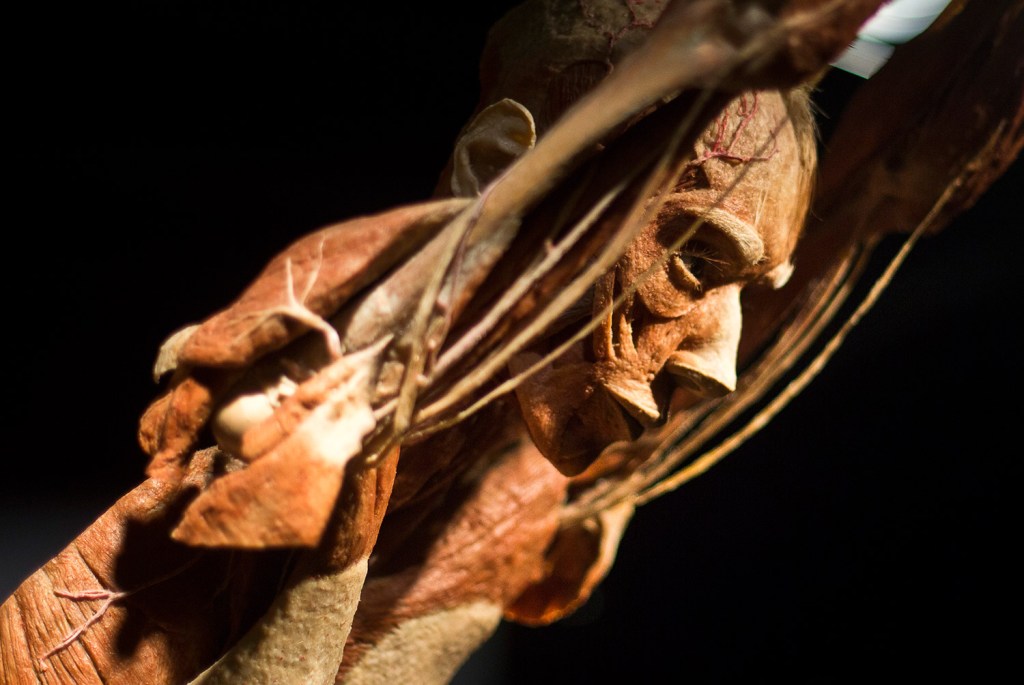
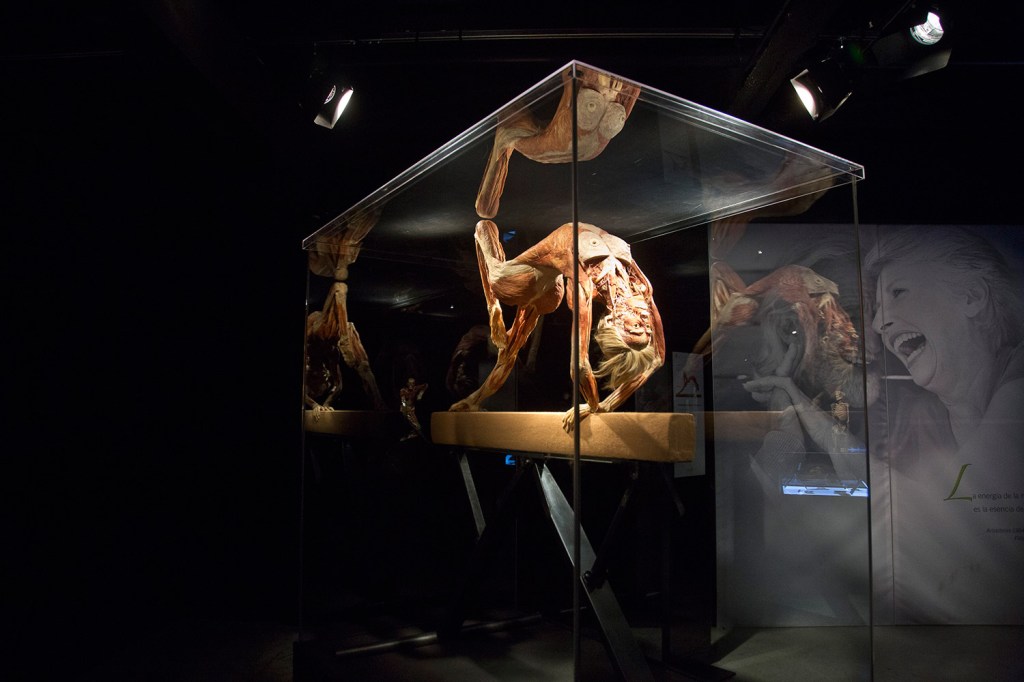
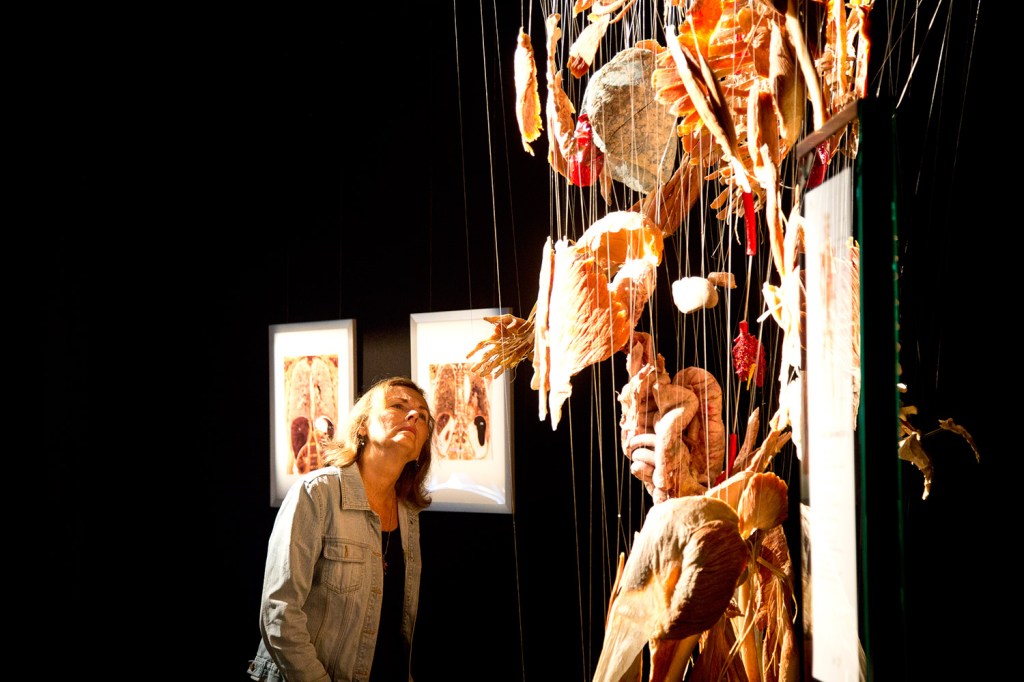
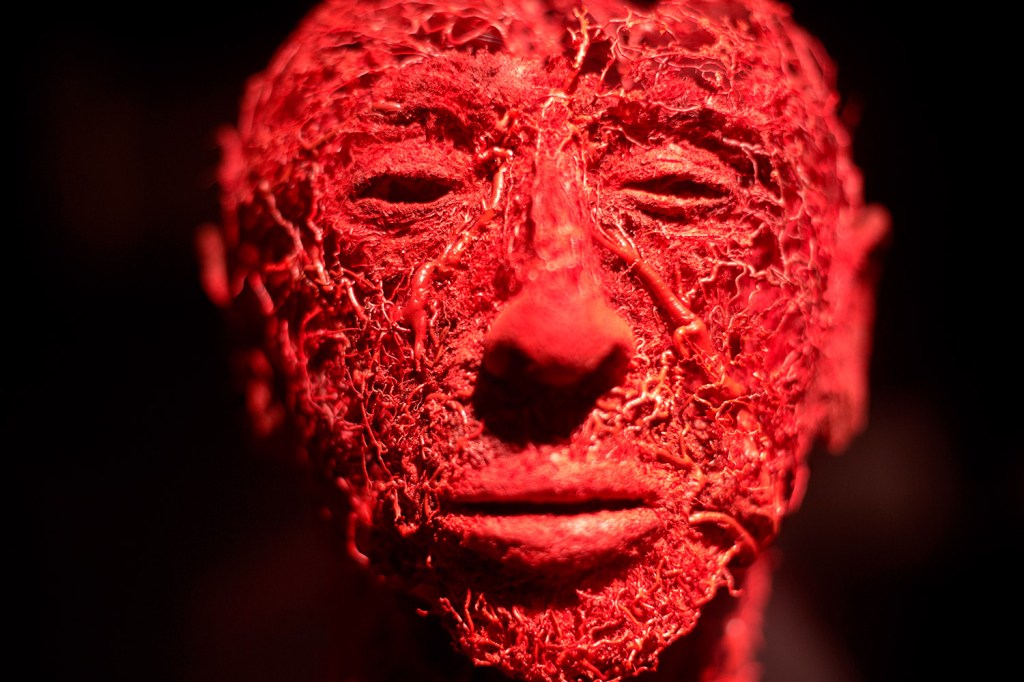
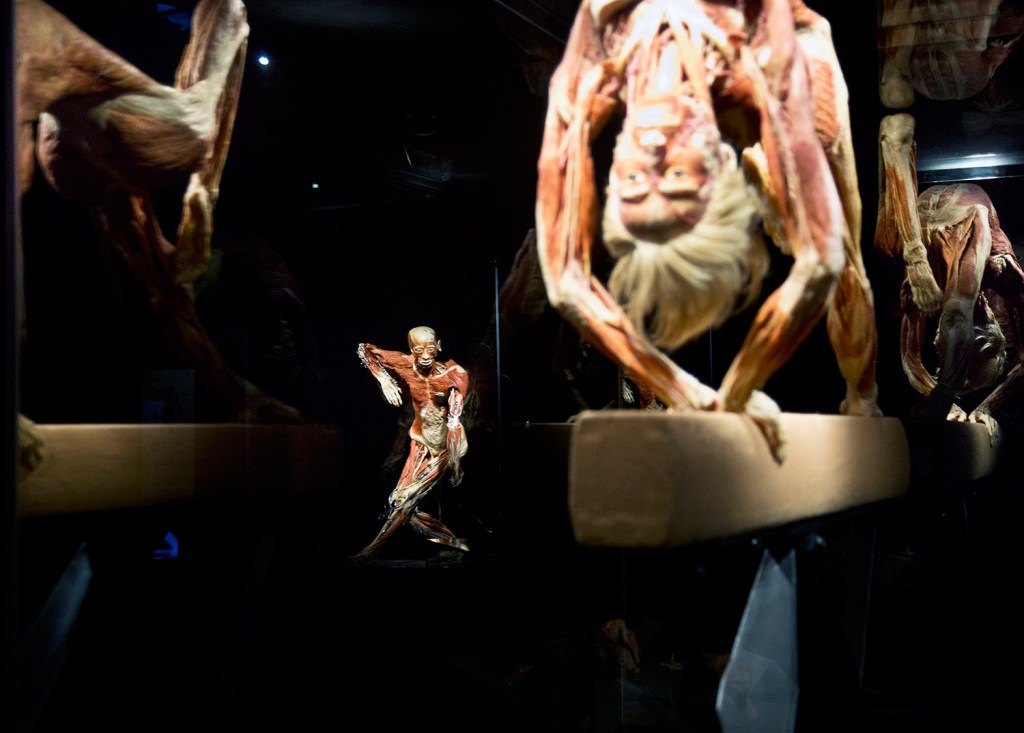
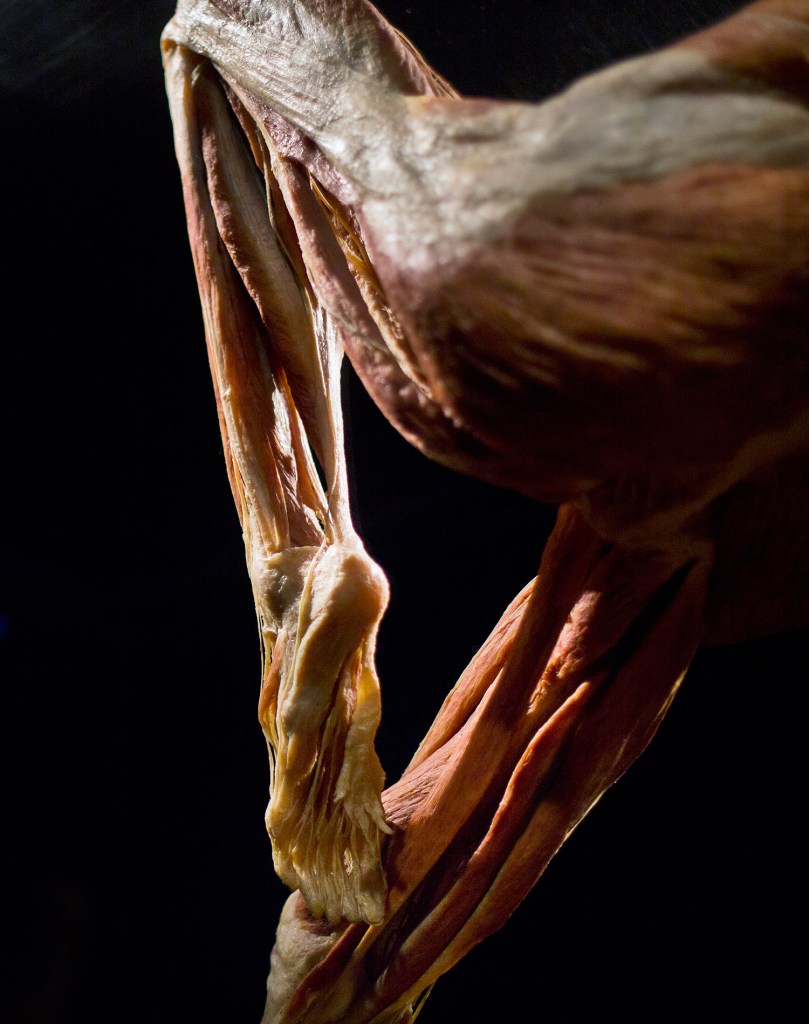
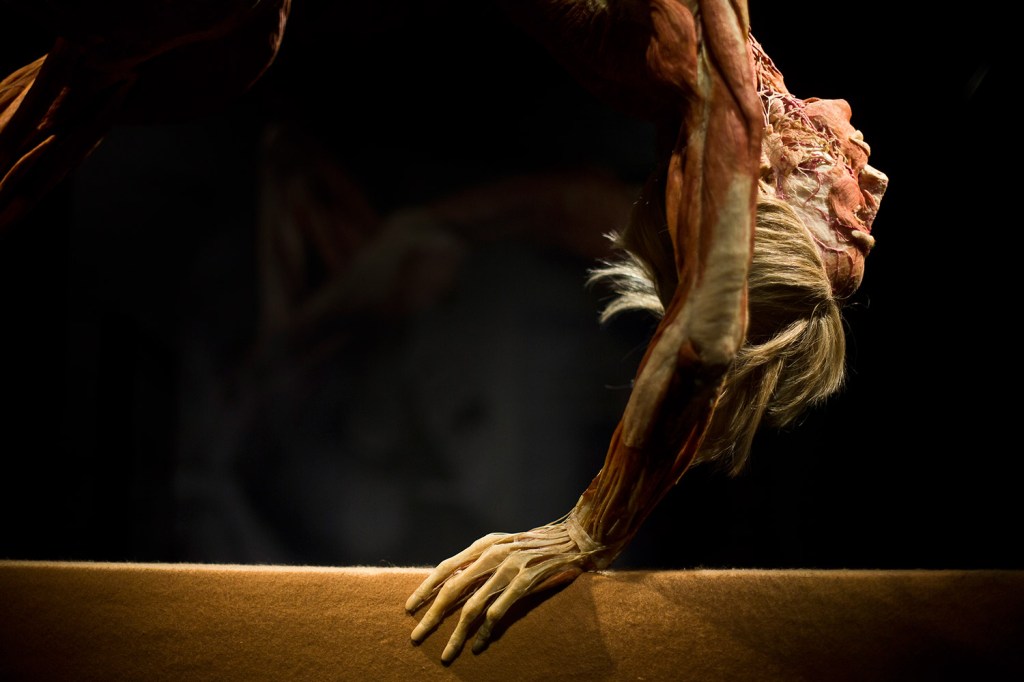
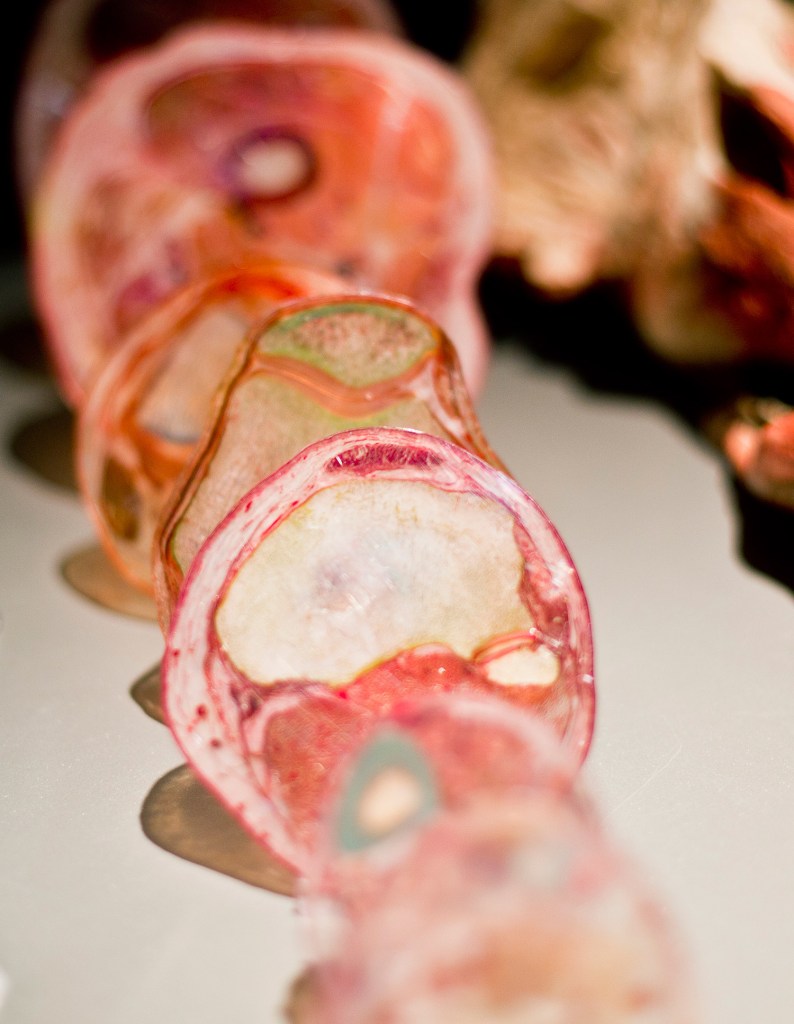
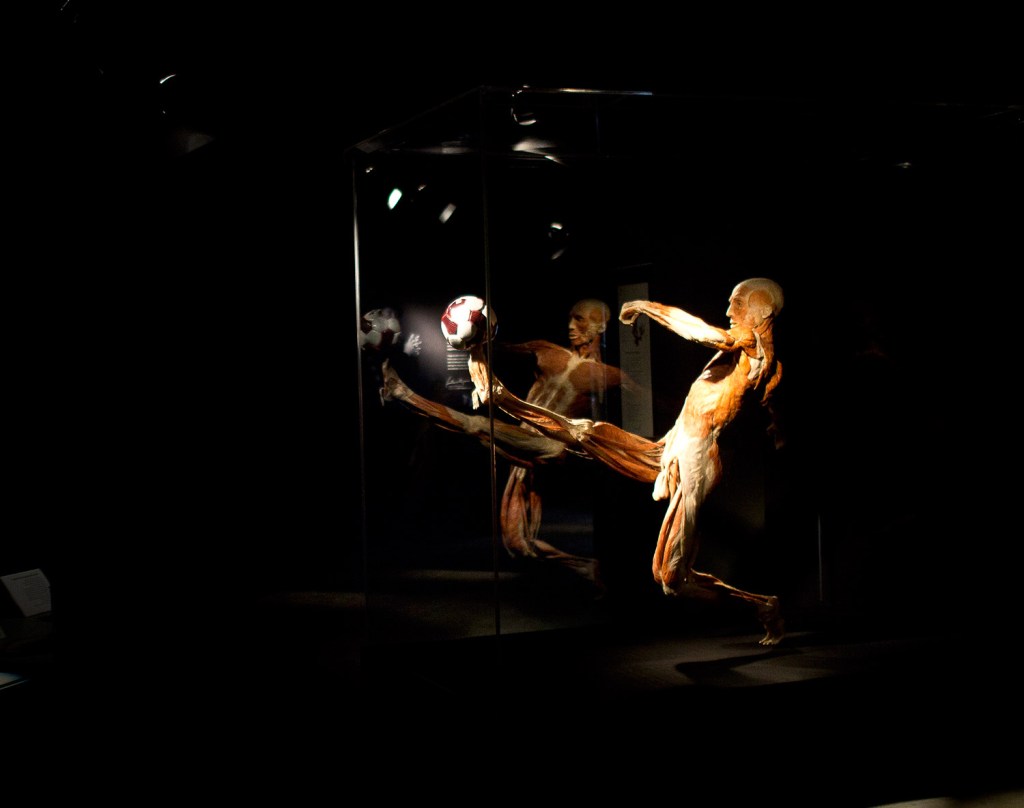
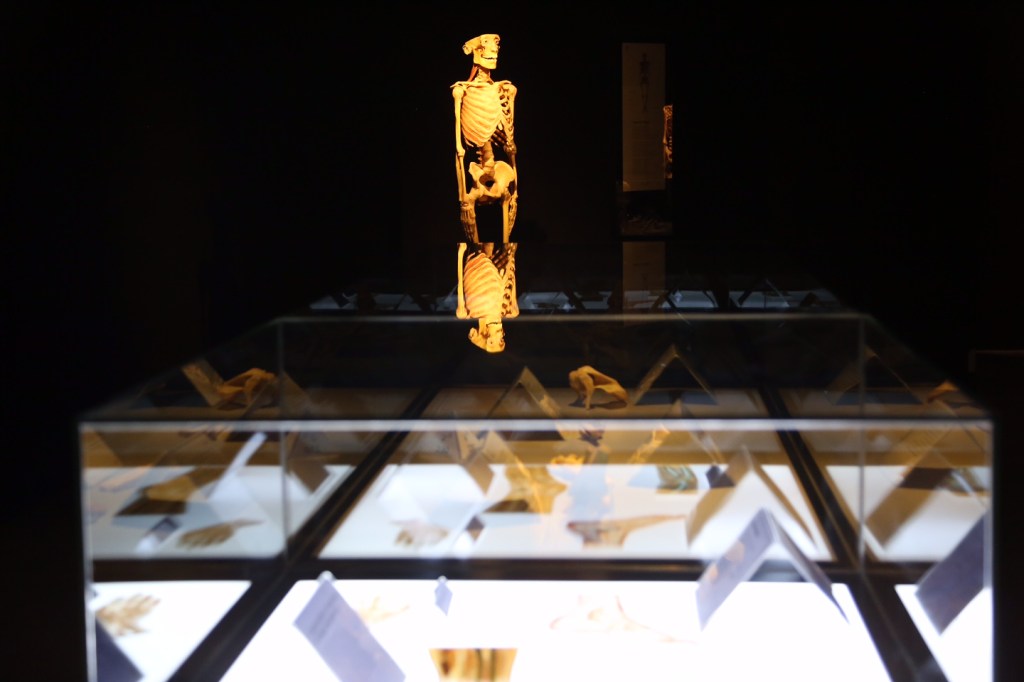

Success. Please wait for the page to reload. If the page does not reload within 5 seconds, please refresh the page.
Enter your email and password to access comments.
Hi, to comment on stories you must . This profile is in addition to your subscription and website login.
Already have a commenting profile? .
Invalid username/password.
Please check your email to confirm and complete your registration.
Only subscribers are eligible to post comments. Please subscribe or login first for digital access. Here’s why.
Use the form below to reset your password. When you've submitted your account email, we will send an email with a reset code.